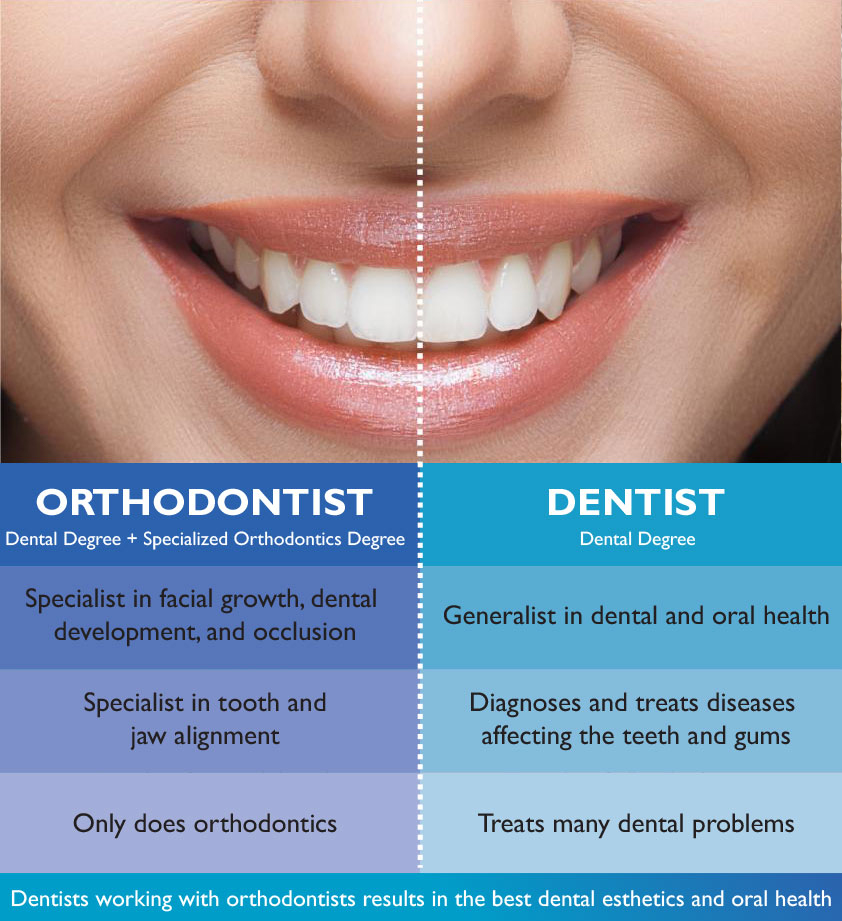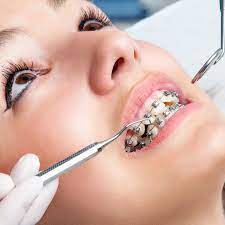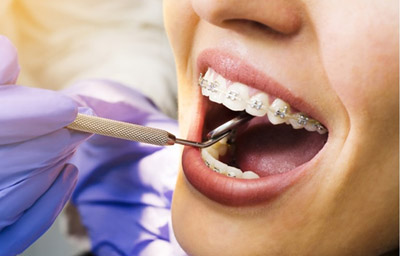9 Simple Techniques For Causey Orthodontics
Table of ContentsCausey Orthodontics Things To Know Before You BuyThe Buzz on Causey OrthodonticsCausey Orthodontics Things To Know Before You Get ThisAn Unbiased View of Causey OrthodonticsThe 15-Second Trick For Causey Orthodontics
Overlooking occlusal partnerships, it was common to get rid of teeth for a range of dental problems, such as malalignment or overcrowding. The idea of an intact teeth was not widely valued in those days, making bite correlations appear unimportant. In the late 1800s, the principle of occlusion was vital for creating dependable prosthetic substitute teeth.As these concepts of prosthetic occlusion proceeded, it became a vital tool for dental care. It was in 1890 that the job and impact of Dr. Edwards H. Angle started to be really felt, with his contribution to modern-day orthodontics particularly notable. Initially concentrated on prosthodontics, he taught in Pennsylvania and Minnesota before routing his attention in the direction of dental occlusion and the treatments required to keep it as a normal condition, hence becoming understood as the "dad of modern orthodontics".

The concept of optimal occlusion, as proposed by Angle and integrated into a classification system, allowed a change in the direction of dealing with malocclusion, which is any deviation from regular occlusion. Having a full collection of teeth on both arches was highly searched for in orthodontic therapy because of the need for precise connections in between them.
Not known Factual Statements About Causey Orthodontics
As occlusion ended up being the key priority, facial proportions and appearances were neglected - family orthodontics. To attain perfect occlusals without making use of outside forces, Angle proposed that having ideal occlusion was the most effective means to acquire maximum face looks. With the passing of time, it ended up being quite obvious that even a phenomenal occlusion was not appropriate when taken into consideration from a visual factor of sight
Charles Tweed in America and Raymond Begg in Australia (that both studied under Angle) re-introduced dentistry removal right into orthodontics during the 1940s and 1950s so they could enhance face esthetics while likewise ensuring far better security worrying occlusal partnerships. In the postwar period, cephalometric radiography begun to be used by orthodontists for measuring changes in tooth and jaw position triggered by development and treatment. It ended up being evident that orthodontic treatment could readjust mandibular development, causing the formation of useful jaw orthopedics in Europe and extraoral pressure procedures in the US. Nowadays, both practical appliances and extraoral tools are applied around the globe with the objective of modifying growth patterns and types. Pursuing real, or at the very least boosted, jaw connections had become the major goal of treatment by the mid-20th century.
What Does Causey Orthodontics Do?
 Up until the mid-1970s, dental braces were made by covering steel around each tooth. https://blackplanet.com/causeyortho7., it became feasible to instead bond metal braces to the teeth.
Up until the mid-1970s, dental braces were made by covering steel around each tooth. https://blackplanet.com/causeyortho7., it became feasible to instead bond metal braces to the teeth.Andrews gave an insightful definition of the optimal occlusion in long-term teeth. This has actually had purposeful impacts on orthodontic therapies that are carried out regularly, and these are: 1. Correct interarchal connections 2. Right crown angulation (pointer) 3. Correct crown inclination (torque) 4. No turnings 5. Limited call points 6. Flat Contour of Spee (0.02.5 mm), and based on these concepts, he discovered a therapy system called the straight-wire home appliance system, or the pre-adjusted edgewise system.
The benefit of the style exists in its brace and archwire combination, which requires just very little cable flexing from the orthodontist or clinician (best orthodontist). It's aptly called hereafter feature: the angle of the port and thickness of the brace base ultimately figure out where each tooth is located with little requirement for extra adjustment
Causey Orthodontics - Truths
Both of these systems employed identical brackets for every tooth and required the flexing of an archwire in 3 planes for locating teeth in their preferred positions, with these bends dictating utmost placements. When it concerns orthodontic appliances, they are separated into two types: detachable and fixed. Removable devices can be taken on and off by the person as needed.

Thus, nearly all contemporary fixed home appliances can be thought about variations on this edgewise home appliance system. Early 20th-century orthodontist Edward Angle made a major contribution to the world of dental care. He produced four distinct appliance systems that have actually been used as the basis for numerous orthodontic therapies today, barring a few exceptions.
Causey Orthodontics Things To Know Before You Buy

The cable ended in a string, and to relocate it forward, an adjustable nut was made use of, which enabled a rise in circumference. By ligation, each private tooth was connected to this extensive archwire (family orthodontics). As a result of its minimal variety of movement, Angle was not able to attain accurate tooth placing with an E-arch
These tubes held a firm pin, which might be rearranged at each consultation in order to move them in position. Called the "bone-growing appliance", this contraption was supposed to motivate much healthier bone growth because of its possibility for transferring force straight to the origins. Applying it confirmed problematic in truth.